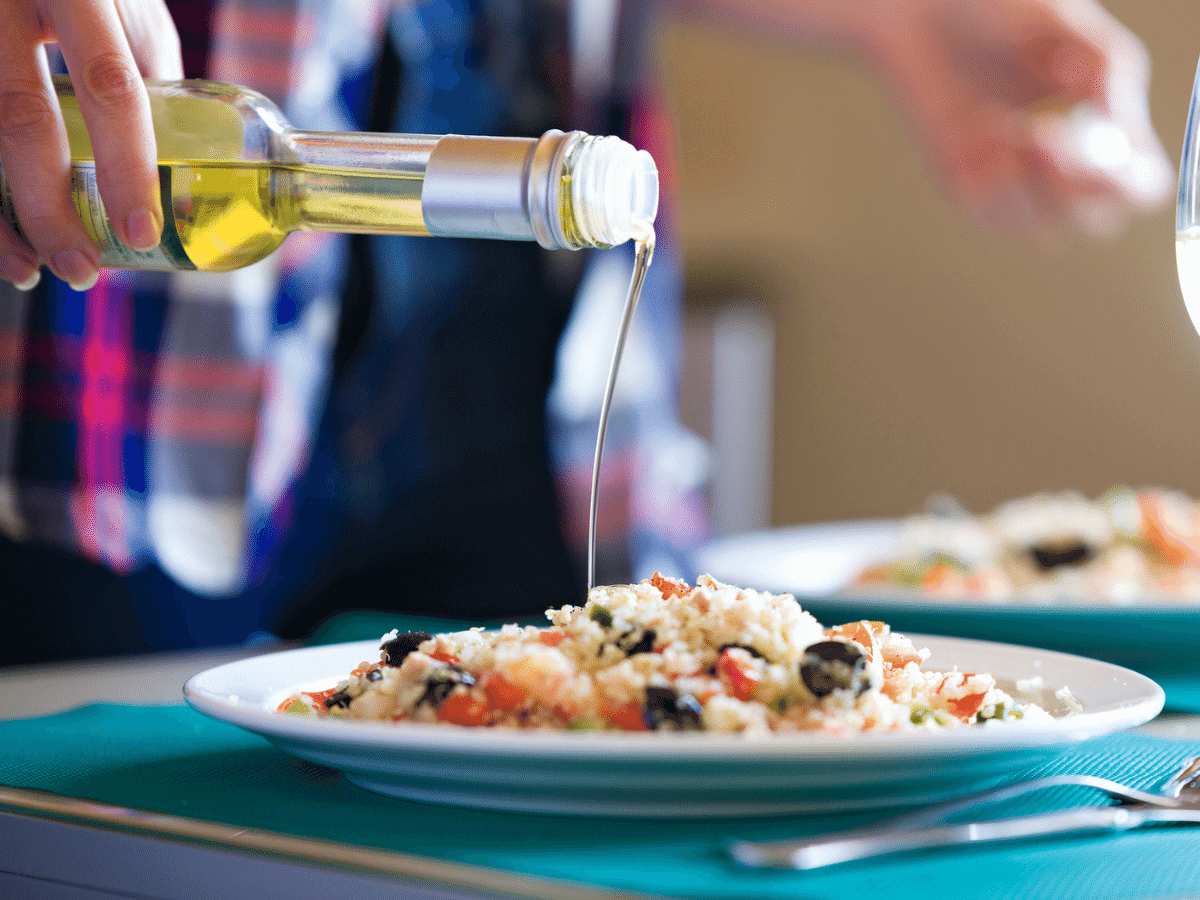Living with Lactose Intolerance: Remedies, Diets, and Recipes

Lactose intolerance is a condition in which the body is unable to properly digest lactose, a type of sugar found in all dairy products. This is due to the lack of a digestive enzyme called lactase. Lactose intolerance is common and more prevalent in adults than children. According to self-diagnosis, approximately one in 10 adults believe they have the condition.
Symptoms of lactose intolerance include:
- Gas
- Stomach cramps
- Bloating
- Nausea
- Diarrhea
While the discomfort from this condition can be significant, it’s not dangerous and can typically be minimized with lifestyle changes. It is important to note that lactose intolerance isn’t the same as a more serious milk allergy, which is an immune system response to milk protein. Like lactose intolerance, a milk allergy can produce gas, diarrhea and other digestive problems, but may cause hives, skin rashes, wheezing and other symptoms as well.
Diagnosing and Managing Lactose Intolerance
If you think you might be lactose intolerant, an easy way to tell is to do what is called the “milk challenge.” Eliminate all dairy like milk, cheese and ice cream from your diet for several days. Then drink a glass of milk. If you have stomach issues within an hour, there is a high likelihood that you have lactose intolerance.
There are also tests your doctor can perform to confirm your suspicion, including:
- A hydrogen breath test
- A stool acidity test, which is often used with babies and young children
- A blood test
- Genetic testing to see if you have inherited lactose intolerance
- A surgical biopsy of your intestine
If you do have lactose intolerance, you can manage it by minimizing the dairy in your diet or eliminating it altogether. Be aware that in addition to the more well-known sources of lactose (milk, cheese, etc.), is found in many other foods, including certain bread, cereals, soups, salad dressings, lunch meats, and powdered meal replacements. Also, the term “non-dairy” can be deceiving, as some items labeled this way may contain lactose. Be sure to read the full list of ingredients.
One issue when cutting back on dairy consumption is that you’re also reducing your calcium intake. To offset this loss, consider adding these foods to your diet:
- Almonds
- Raw broccoli
- Spinach
- Pinto beans
- Oranges
- Canned salmon or sardines with bones
- Dark green leafy vegetables
- Calcium-fortified orange juice
- Canned white tuna
- Calcium-fortified soy milk
Your modified diet may also provide less vitamin D, so consider eating more eggs, liver and yogurt. (The live bacteria in yogurt pre-digest the lactose.) Your body also produces its own vitamin D when your skin is exposed to sunlight, which can help. So can vitamin D supplements, as directed by your doctor.
Be aware that some research has shown that keeping small amounts of lactose in your diet causes your body to adjust and get better at digesting it. Consequently, the complete elimination of lactose may not be the best approach for you or your child.
Keep in mind that cutting back on lactose doesn’t mean you have to have a boring diet. There are many delicious foods — from baked ziti to Greek chicken wraps — that you can enjoy.



